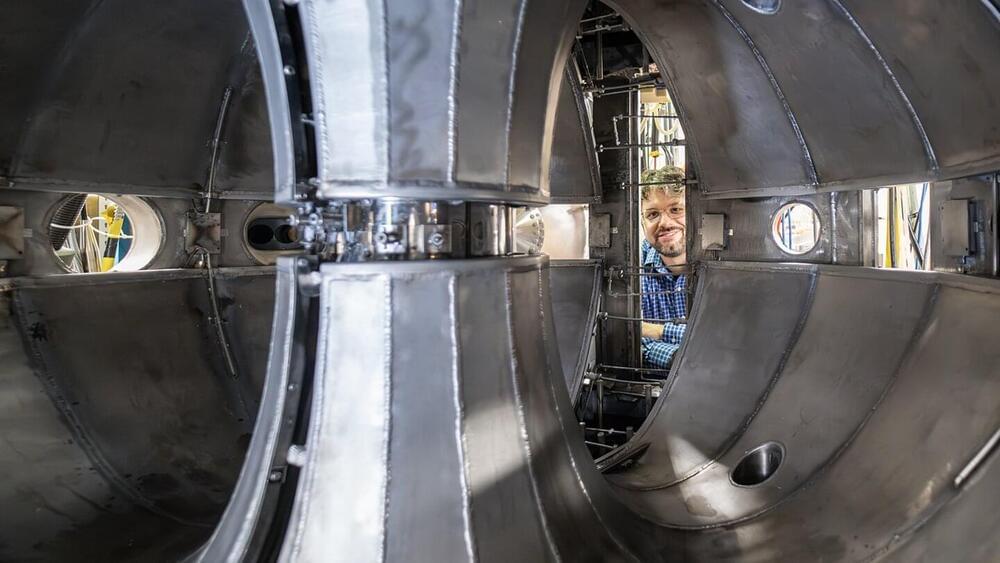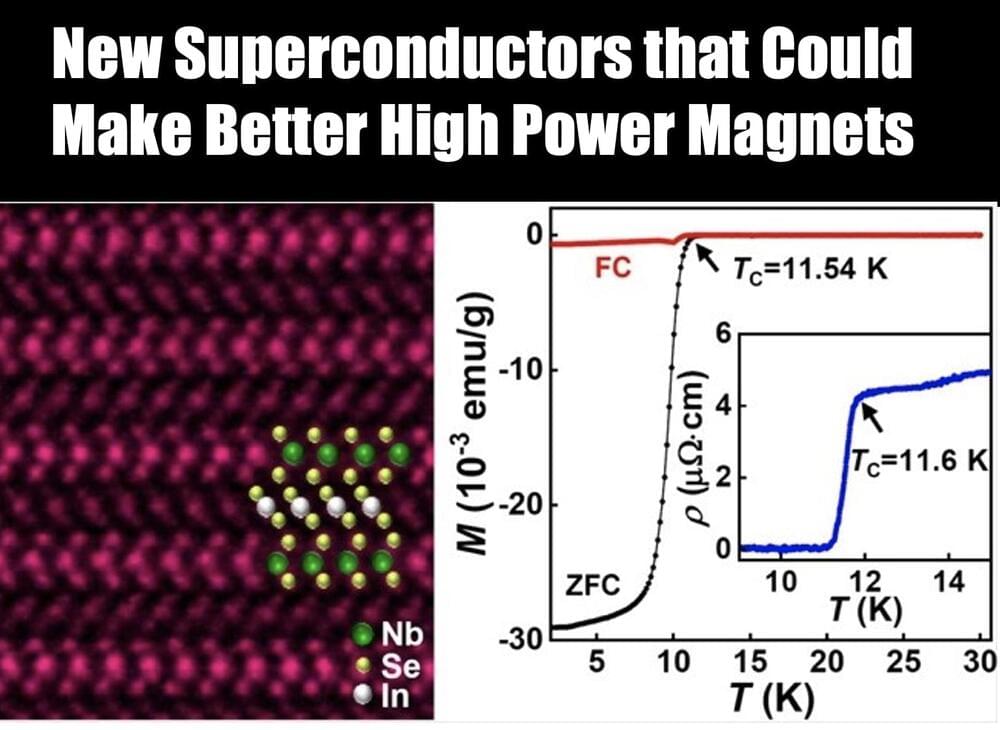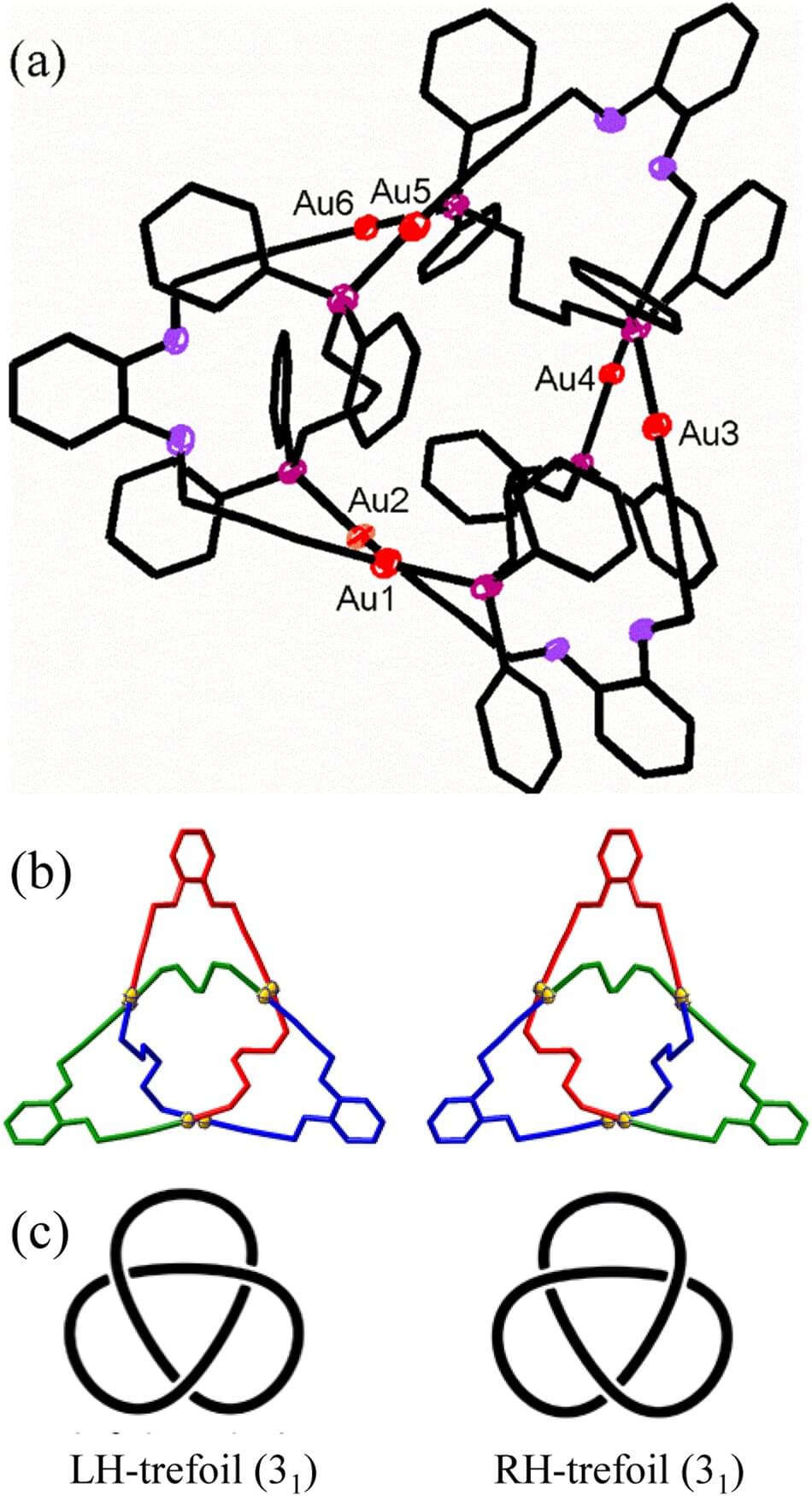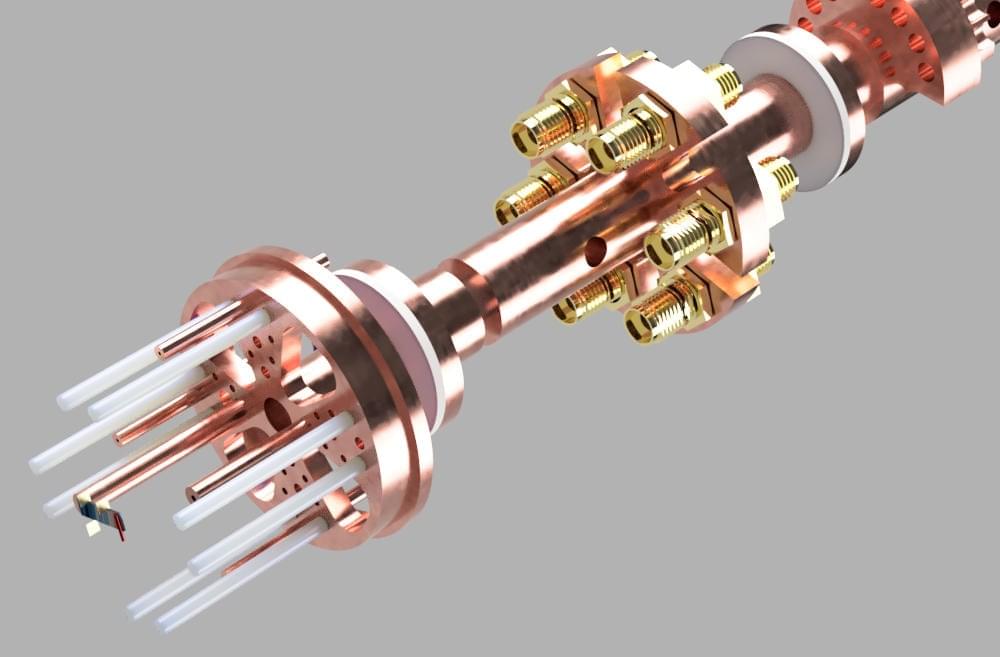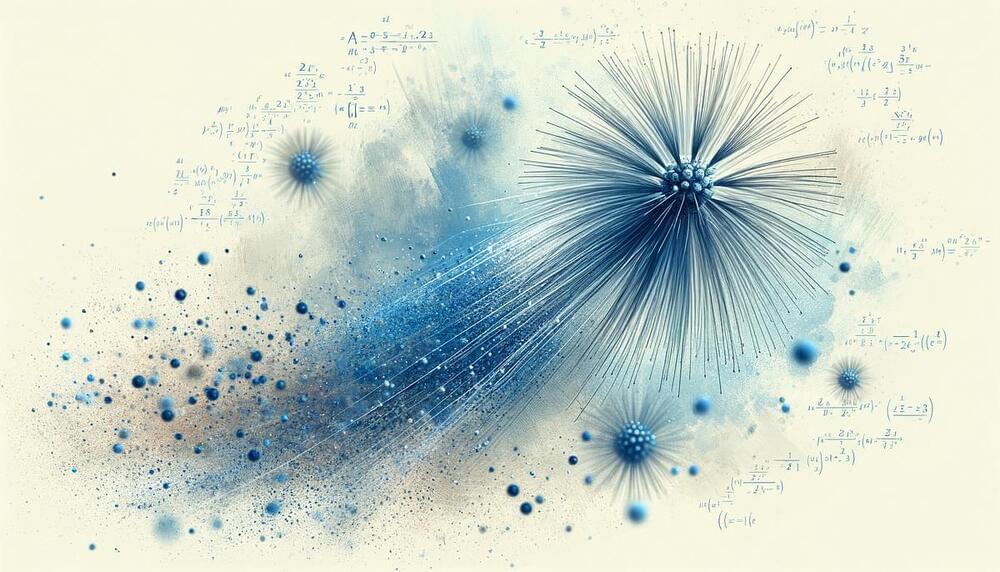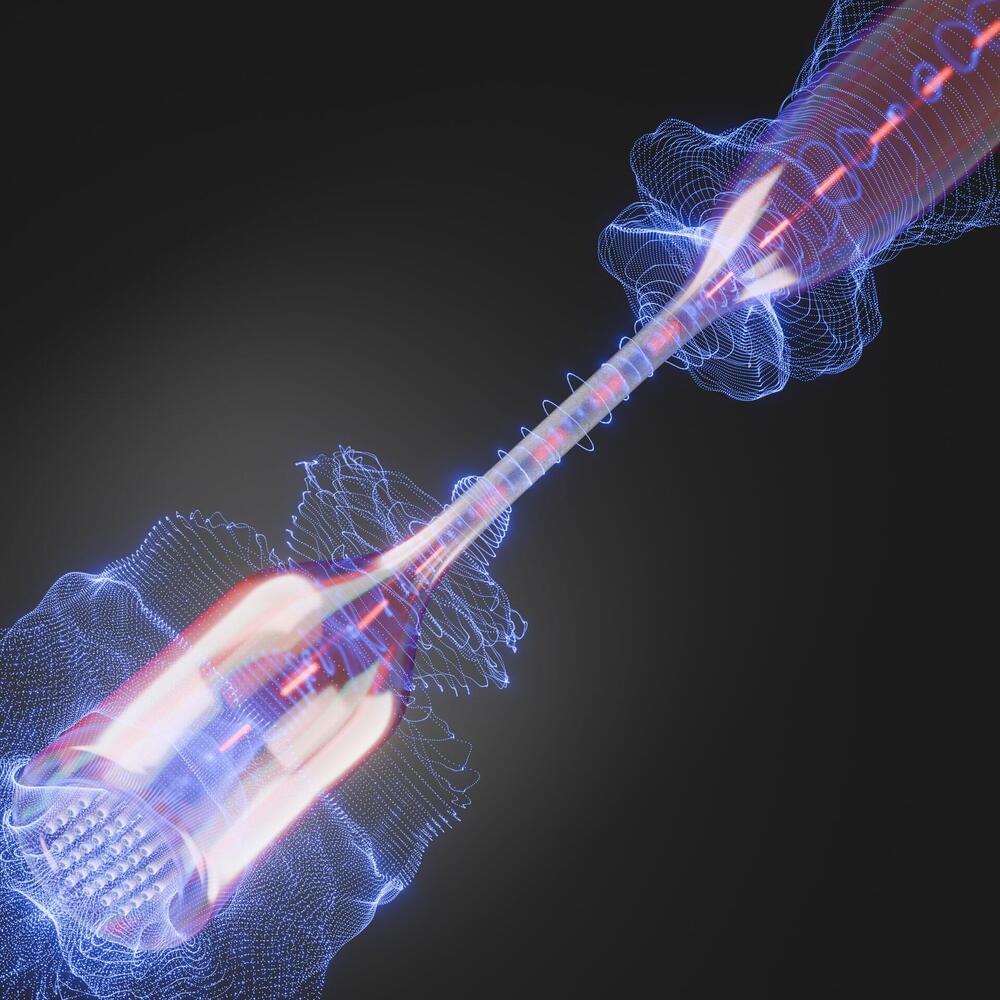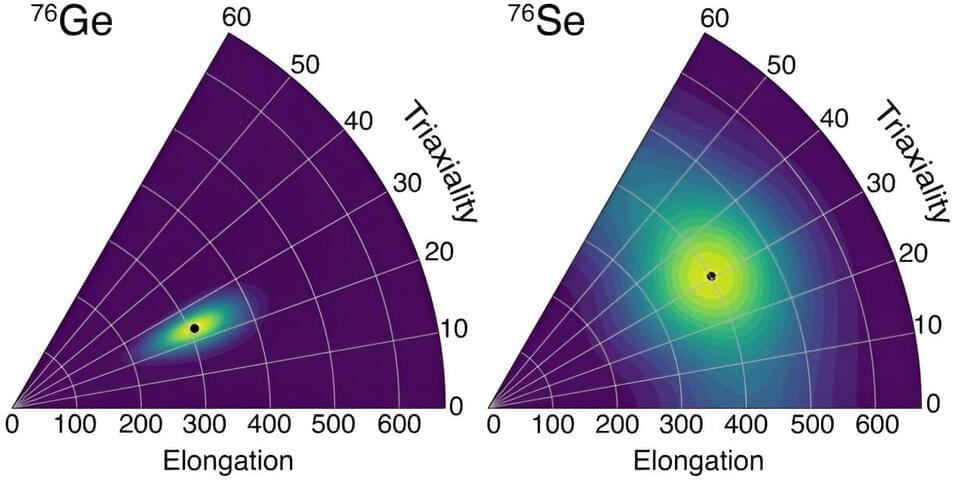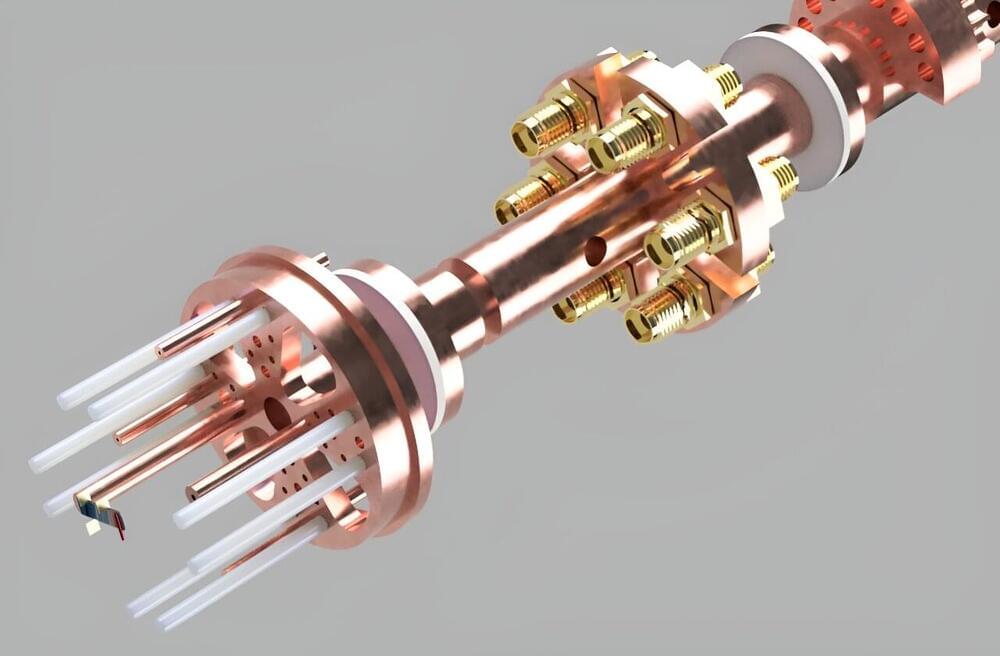Emerging research suggests it may be easier to use fusion as a power source if liquid lithium is applied to the internal walls of the device housing the fusion plasma.
Plasma, the fourth state of matter, is a hot gas made of electrically charged particles. Scientists at the Department of Energy’s Princeton Plasma Physics Laboratory (PPPL) are working on solutions to efficiently harness the power of fusion to offer a cleaner alternative to fossil fuels, often using devices called tokamaks, which confine plasma using magnetic fields.
“The purpose of these devices is to confine the energy,” said Dennis Boyle, a staff research physicist at PPPL. “If you had much better energy confinement, you could make the machines smaller and less expensive. That would make the whole thing a lot more practical, and cost-effective so that governments and industry want to invest more in it.”
